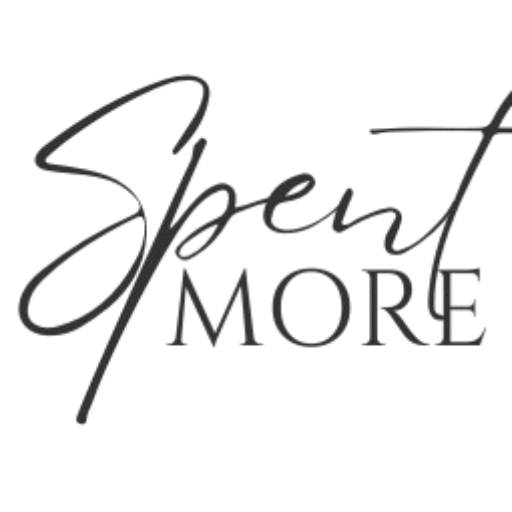In recent years, sustainability has become one of the most urgent conversations in fashion. With the luxury industry often criticized for overproduction, waste, and exclusivity, Farfetch has set out on a mission to rewrite the narrative. The online luxury fashion platform, known for connecting customers with over 700 boutiques and brands worldwide, has launched an ambitious vision: by 2030, 100% of its revenue will come from conscious products and services.
But what does this mean for shoppers and for the future of fashion? Let’s take a closer look at how Farfetch is spotlighting sustainability in the luxury space.
1. The Conscious Collection—Defining Sustainable Luxury
Farfetch introduced its Conscious Collection, a curated selection of items that meet strict sustainability standards. These products are verified using the Good Measures tool, created in partnership with Good On You, which evaluates brands on more than 500 data points.
Shoppers can now filter products by eco-friendly materials, fair-trade certifications, or reduced-impact production methods—making luxury choices both stylish and ethical.
2. Circular Fashion: Extending the Life of Luxury
Instead of promoting endless consumption, Farfetch is investing heavily in circular fashion initiatives. These include:
- Farfetch Second Life – a resale service for luxury handbags and accessories.
- Partnerships with Thrift+ – enabling customers to donate clothing for credit toward future purchases.
- Repair and rental services – ensuring fashion investments last longer and stay relevant.
This approach helps reduce waste, encourages mindful shopping, and brings circularity to a traditionally linear industry.
3. Tackling Climate Impact Head-On
Farfetch is committed to going climate positive by 2030. This goes beyond neutrality by actively reducing emissions and supporting environmental restoration. Steps include:
- Reducing packaging waste with recyclable and minimal designs.
- Optimizing shipping logistics to lower carbon footprints.
- Investing in renewable energy and reforestation projects to offset remaining emissions.
For eco-conscious consumers, this means luxury fashion can align with personal sustainability values.
4. Transparency & Accountability
What sets Farfetch apart is its dedication to transparency. Unlike vague greenwashing, Farfetch shares its sustainability roadmap and progress openly. Currently, only around 6% of revenue comes from conscious products, but growth is rapid—these products are selling 40% faster than average items on the platform.
This shows a real consumer demand for sustainable designer fashion.
5. Why This Matters for Shoppers
Farfetch’s vision offers luxury lovers the chance to:
- Shop from a trusted marketplace with clear sustainability standards.
- Contribute to a circular economy by reselling or donating.
- Make informed choices that balance style, exclusivity, and ethics.
It’s not just about looking good—it’s about doing good too.
Conclusion
Farfetch’s sustainability strategy represents a seismic shift in luxury fashion. By prioritizing circularity, transparency, and climate action, the platform is setting a new benchmark for what it means to be truly fashionable in the 21st century.
As 2030 approaches, one thing is clear: the future of luxury is not just designer—it’s designer with a conscience.




